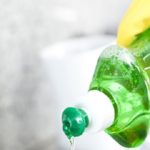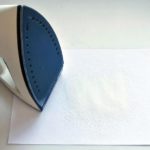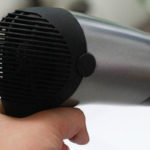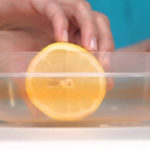Here are some handy tips to help women avoid the headache of unpleasant stains on the walls or the dishwashing basin.
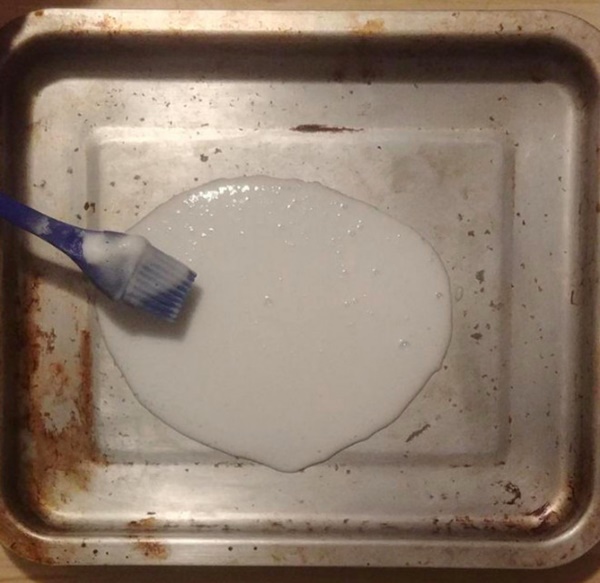
Mix baking soda with soap to clean the residue and grease on stainless steel utensils and pots.
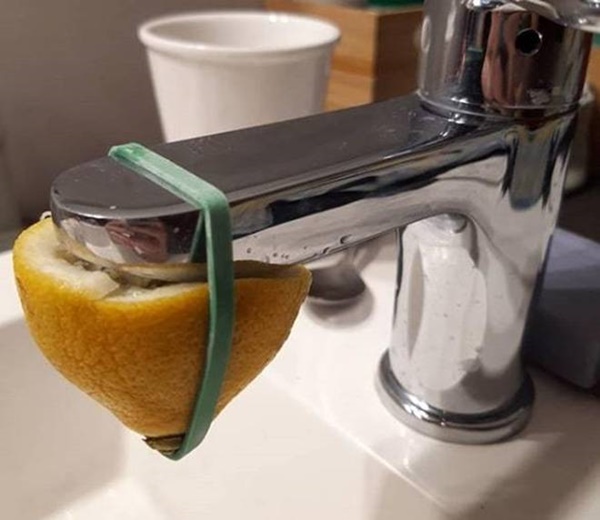
Use a lemon slice to remove long-standing lime stains on the faucet.
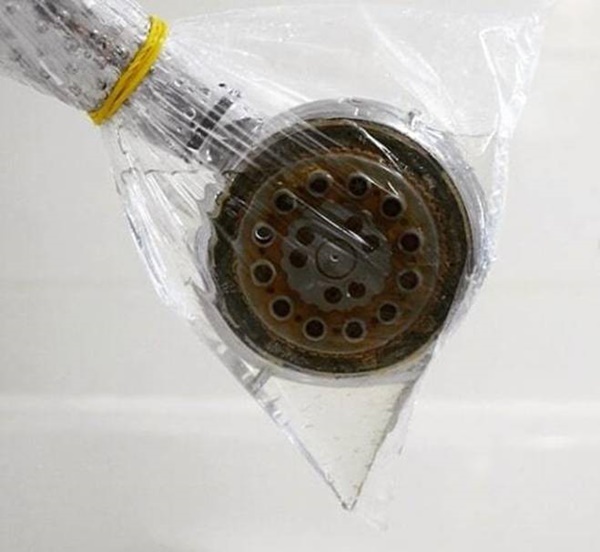
Use vinegar to remove rust stains on various household items. Soak the rusty showerhead in a plastic bag filled with vinegar.
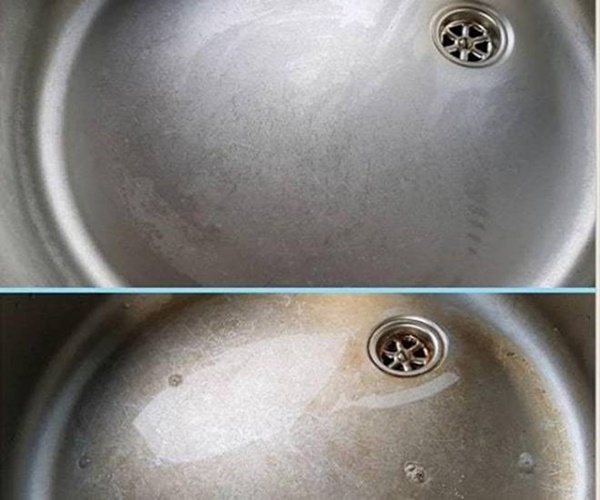
Soak the dishwashing basin in boiling water and detergent for 10 minutes to make scrubbing easier and more effective.
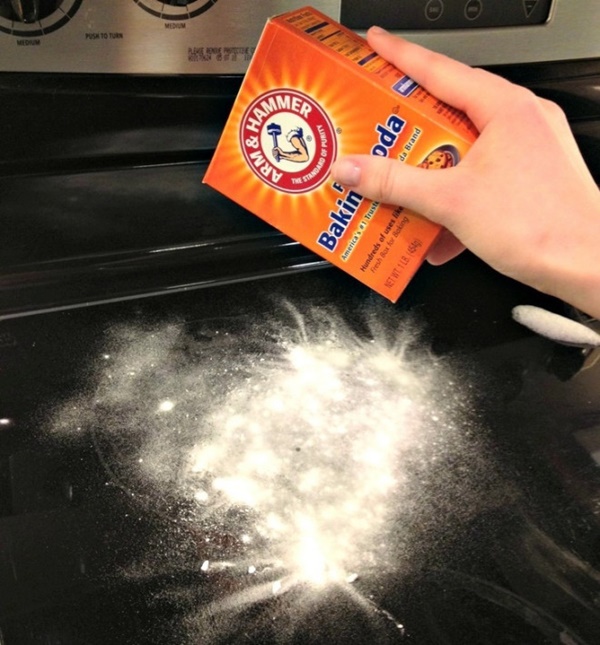
Clean the kitchen window with baking soda.
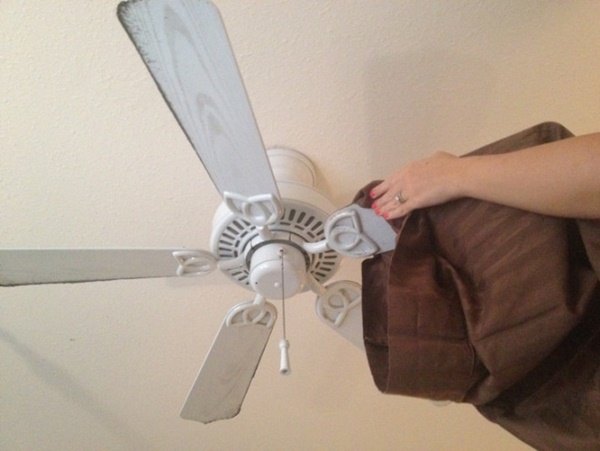
Use an old pillowcase to dust the ceiling fan, preventing dust from spreading throughout the house during cleaning.
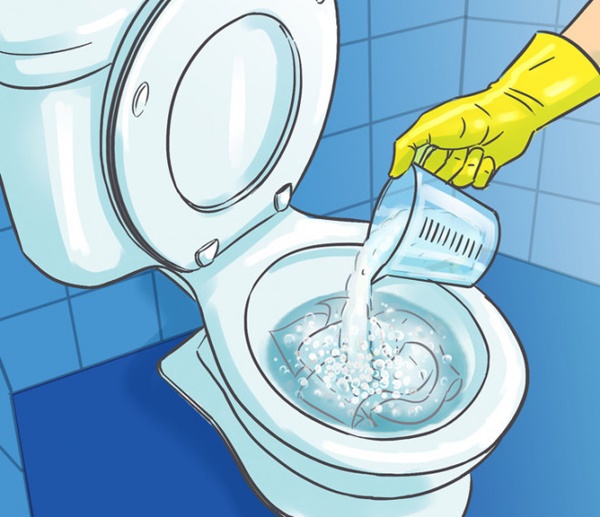
Use vinegar and baking soda to unclog the toilet in some simple cases.
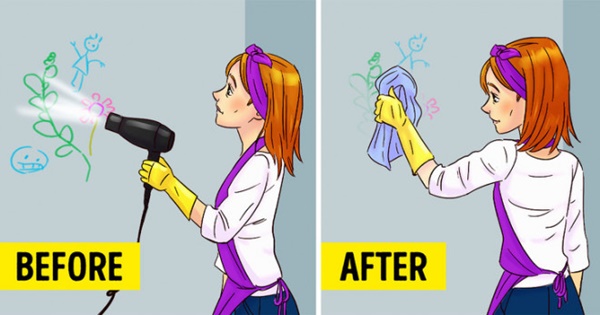
If your child draws with crayons on the wall, use a hairdryer to heat the area and then wipe it off. You will see noticeable results.
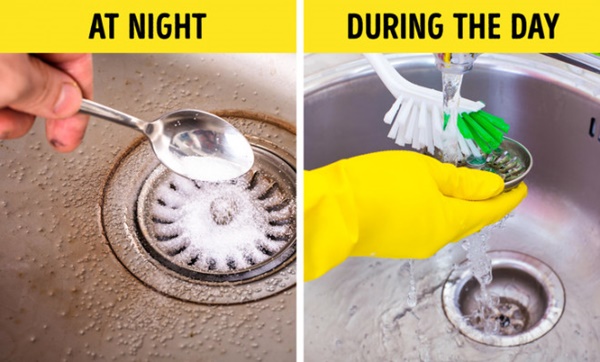
To eliminate odors and clean the drainpipe of the sink, mix baking soda and vinegar into a mixture and pour it in overnight. The next morning, flush it with warm or boiling water and you will see the result.
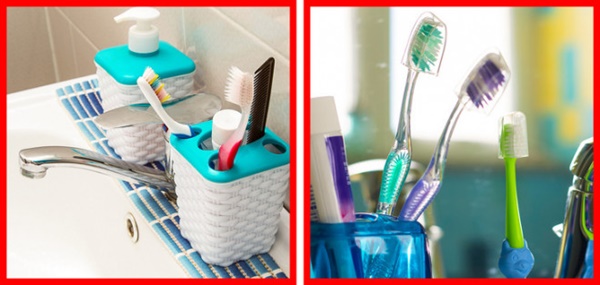
Your toothbrush is a breeding ground for millions of harmful bacteria. Remember to keep your toothbrush in a well-ventilated area to dry. When disinfecting, soak the brush in mouthwash for 30 seconds or in boiling water for about 2 minutes.
Source: Infonet


























